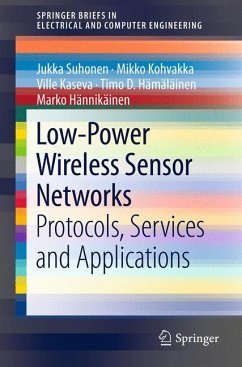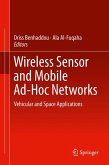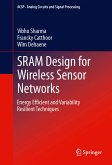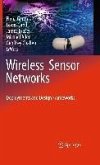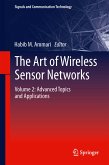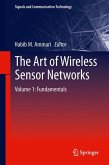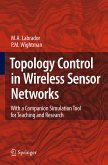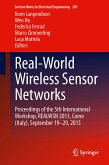As a result, the processing power, memory, and energy resources of an individual sensor node are limited. However, the feasibility of a WSN lies on the collaboration between the nodes. A reference WSN node comprises a Micro-Controller Unit (MCU) having few Million Instructions Per Second (MIPS) processing speed, tens of kilobytes program memory, few kilobytes data memory. In addition, the node contains a short-range radio, and a set of sensors. Supply power is typically obtained with small batteries. Assuming a target lifetime of one year using AA-size batteries, the available power budget is around 1 mW.
This book covers the low-power WSNs services ranging from hardware platforms and communication protocols to network deployment, and sensor data collection and actuation. The implications of resource constraints and expected performance in terms of throughput, reliability and latency are explained. As a case study, this book presents experiments with low-energy TUTWSN technology to illustrate the possibilities and limitations of WSN applications.
Dieser Download kann aus rechtlichen Gründen nur mit Rechnungsadresse in A, B, BG, CY, CZ, D, DK, EW, E, FIN, F, GR, HR, H, IRL, I, LT, L, LR, M, NL, PL, P, R, S, SLO, SK ausgeliefert werden.

